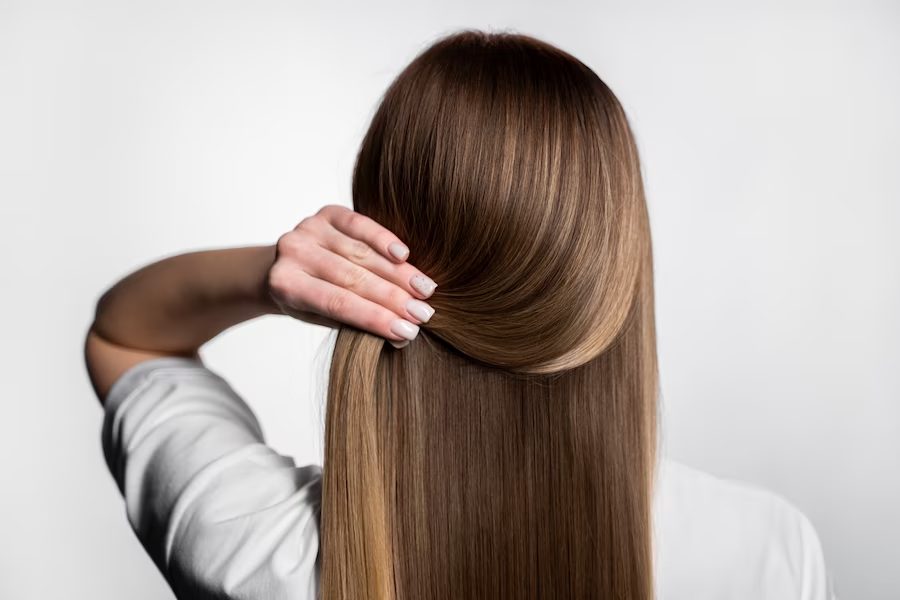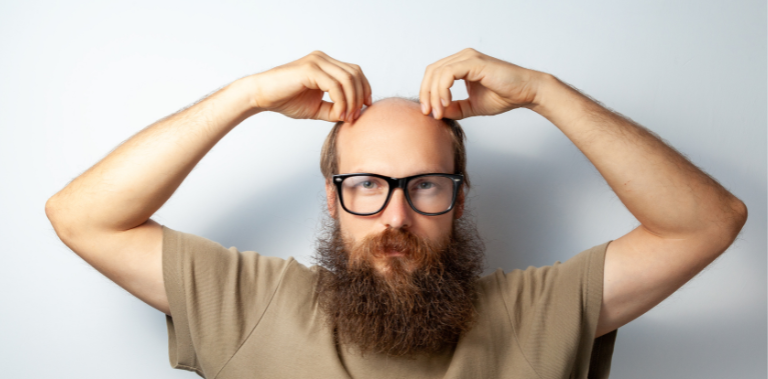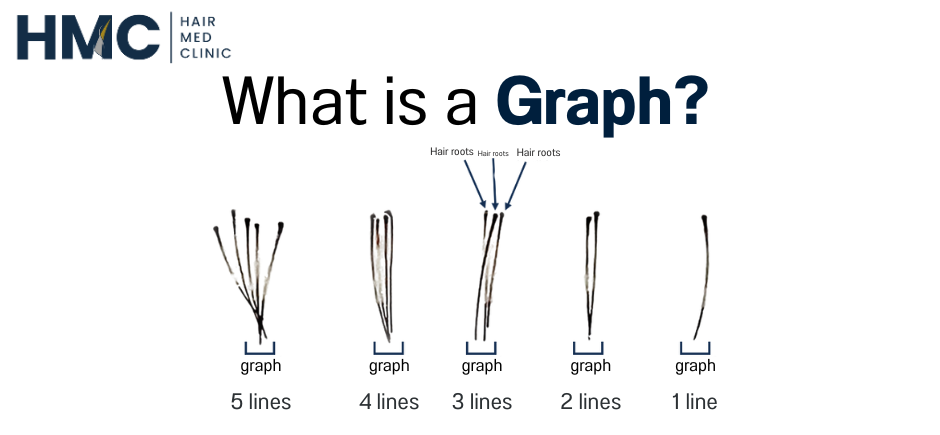Pollution can have several detrimental effects on hair and scalp health. Here’s a detailed look at how different types of pollution can impact your hair:
1. Air Pollution
- Particulate Matter: Tiny particles from dust, soot, and other pollutants can settle on the scalp and hair, leading to clogged pores, increased oiliness,
and potential scalp irritation. These particles can also make hair look dull and lifeless.
- Toxic Gases: Pollutants like sulfur dioxide (SO₂) and nitrogen dioxide (NO₂) can generate free radicals that damage hair cells and disrupt the natural growth cycle of hair.
This can lead to weakened hair strands and increased hair loss.
2. Water Pollution
- Chlorine: Commonly found in swimming pools, chlorine can strip the hair of its natural oils, leading to dryness, brittleness,
and color fading. Prolonged exposure can cause significant damage to the hair structure.
- Heavy Metals: Contaminants like lead, mercury, and cadmium in polluted water can accumulate on the hair,
leading to dullness, dryness, and potential hair breakage. These metals can also interfere with the hair’s natural growth and repair processes.
3. Chemical Pollution
- Industrial Chemicals: Exposure to chemicals in certain workplaces, such as those used in manufacturing or agriculture,
can negatively affect hair health. These chemicals may cause hair to become dry, brittle, or discolored.
- Hair Products: Some hair products contain harsh chemicals, including sulfates, parabens, and silicones,
which can build up on the hair and scalp, leading to damage, irritation, and imbalanced scalp conditions.
4. Environmental Factors
- UV Radiation: Prolonged exposure to sunlight can damage hair proteins and lipids, causing hair to become dry, weak,
and prone to breakage. UV rays can also lead to color fading, making dyed hair look dull and lifeless.
- Extreme Weather: Extreme temperatures, whether hot or cold, can affect hair health. Hot weather can increase sweating and oil production,
while cold weather can lead to dryness and brittleness. Wind can also cause tangling and breakage.
5. Pollutants from Lifestyle
- Cigarette Smoke: Smoke from cigarettes contains numerous toxic chemicals that can deposit on the hair,
leading to dullness and potential scalp issues. The chemicals can also damage the hair structure and impede healthy growth.
- Urban Dust: Daily exposure to urban dust and dirt can contribute to buildup on the hair and scalp,
leading to greasy hair, scalp irritation, and even dandruff.
How to Protect Your Hair from Pollution:
- Regular Washing: Wash your hair regularly with a mild, sulfate-free shampoo to remove dirt,
dust, and pollutants. This helps keep your scalp clean and healthy.
- Use Protective Products: Incorporate products like leave-in conditioners, hair serums,
and sprays that offer protection against UV rays and pollutants.
- Cover Your Hair: When exposed to extreme weather or high pollution,
consider wearing hats or scarves to shield your hair from environmental damage.
- Avoid Harsh Chemicals: Choose hair products that are free from harmful chemicals like sulfates,
parabens, and silicones to minimize buildup and irritation.
- Hydrate and Nourish: Use moisturizing and nourishing hair masks or oils to maintain hydration and repair damage caused by pollution.
Look for products with antioxidants to help neutralize free radicals.
- Healthy Diet: Maintain a balanced diet rich in vitamins and minerals, such as vitamins A, C, E, biotin, and omega-3 fatty acids,
to support overall hair health and resilience against environmental damage.
By taking these protective measures, you can help mitigate the negative effects of pollution on your hair and maintain its health and appearance.







